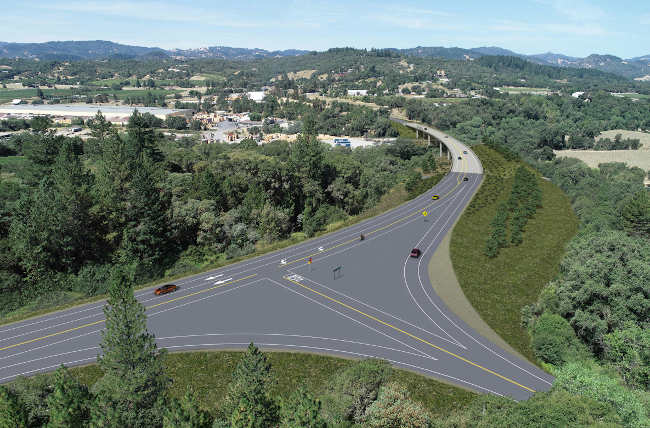- Lake County News reports
- Posted On
Mendocino County Sheriff’s Office investigates woman’s death during Covelo fire
Lt. Andrew Porter said the remains of the woman have not yet been positively identified, but they are believed to be those of 66-year-old Dagmar Stankova of Covelo.
At 2:17 p.m. Monday, Mendocino County Sheriff's Office deputies responded to assist Cal Fire with a wildland fire in the 94500 block of Mina Road, north of Covelo, according to Porter’s report.
The fire was reported to be a rapidly moving wildfire with one structure possibly fully involved and one person potentially missing, Porter said.
Upon arrival in the area, Porter said deputies contacted an adult male at the property who stated a burn pile had escaped and started the wildfire.
The man reported that a family member, Stankova, was missing and had last been seen in and around the residence attempting to extinguish flames, Porter said.
Due to the intensity of the fire, deputies were not able to access the area of the residence so they proceeded to work on evacuating people in the surrounding neighborhood. Porter said a missing person report was ultimately taken for Stankova as she had not been located.
On Tuesday at approximately 2 a.m., the agency was notified by fire personnel that suspected burned human remains had been located in a structure that had burned during this fire, Porter reported.
Sheriff's office detectives, along with Cal Fire prevention officers, responded to the scene which still had active fire burning. Porter said investigators located the human remains and due to the burned condition of the body, investigators were not able to make a positive identification of the deceased.
During the investigation, Porter said it was determined that Stankova had last been seen adjacent to the residence attempting to protect her home from the fire with a garden hose.
Porter said the Mendocino County Sheriff's Office Coroner's Division is actively working to identify the human remains that were located; however the remains are believed to be Stankova based on the investigation and circumstances of the fire.
Stankova's next of kin is aware of this case and is assisting with this investigation, Porter said.
An autopsy for the deceased located during this investigation is being scheduled and the final cause and manner of death will not be released until the autopsy and toxicology reports are available, Porter said.
The coroner's case for the unidentified decedent is being investigated under Mendocino County Sheriff's Office case #2024-13948. Cal Fire prevention officers are conducting the investigation regarding the cause of the fire related to this incident.
Anyone with any information regarding this incident is encouraged to contact the Mendocino County Sheriff’s Office Dispatch Center at 707-463-4086. Information can also be provided anonymously through the non-emergency tip-line at 707-234-2100.




 How to resolve AdBlock issue?
How to resolve AdBlock issue? 




